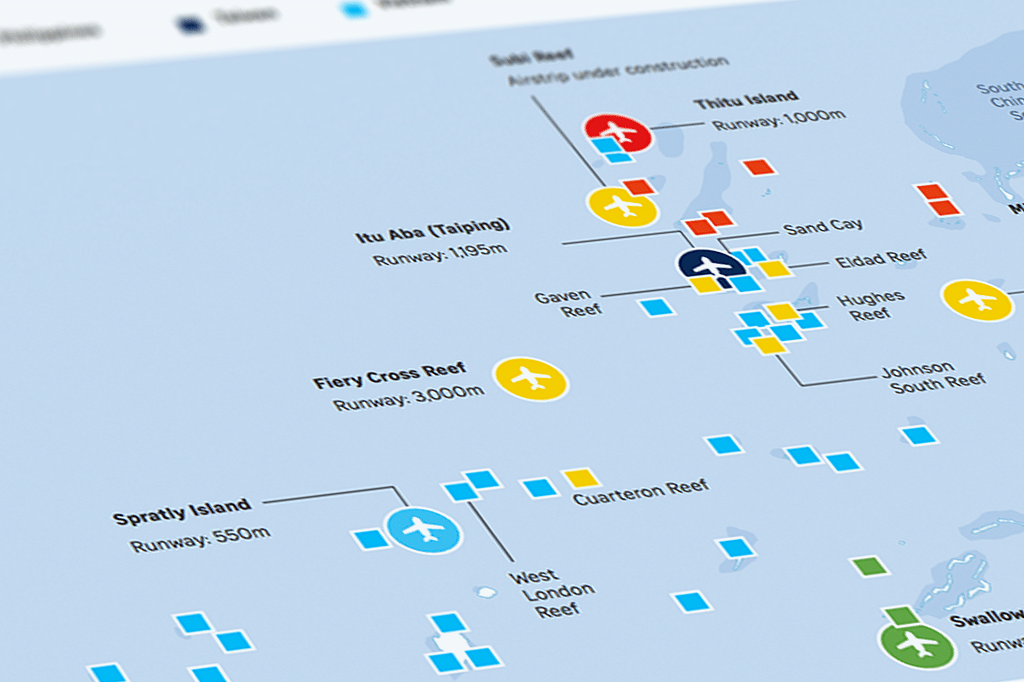Graphic: Troubled waters in South China Sea
Sign up now: Get insights on Asia's fast-moving developments
Tay Hwee Peng, Tang Wee Cheow, Reme Ahmad, Rebecca Pazos
Follow topic:

Sign up now: Get insights on Asia's fast-moving developments
Tay Hwee Peng, Tang Wee Cheow, Reme Ahmad, Rebecca Pazos
